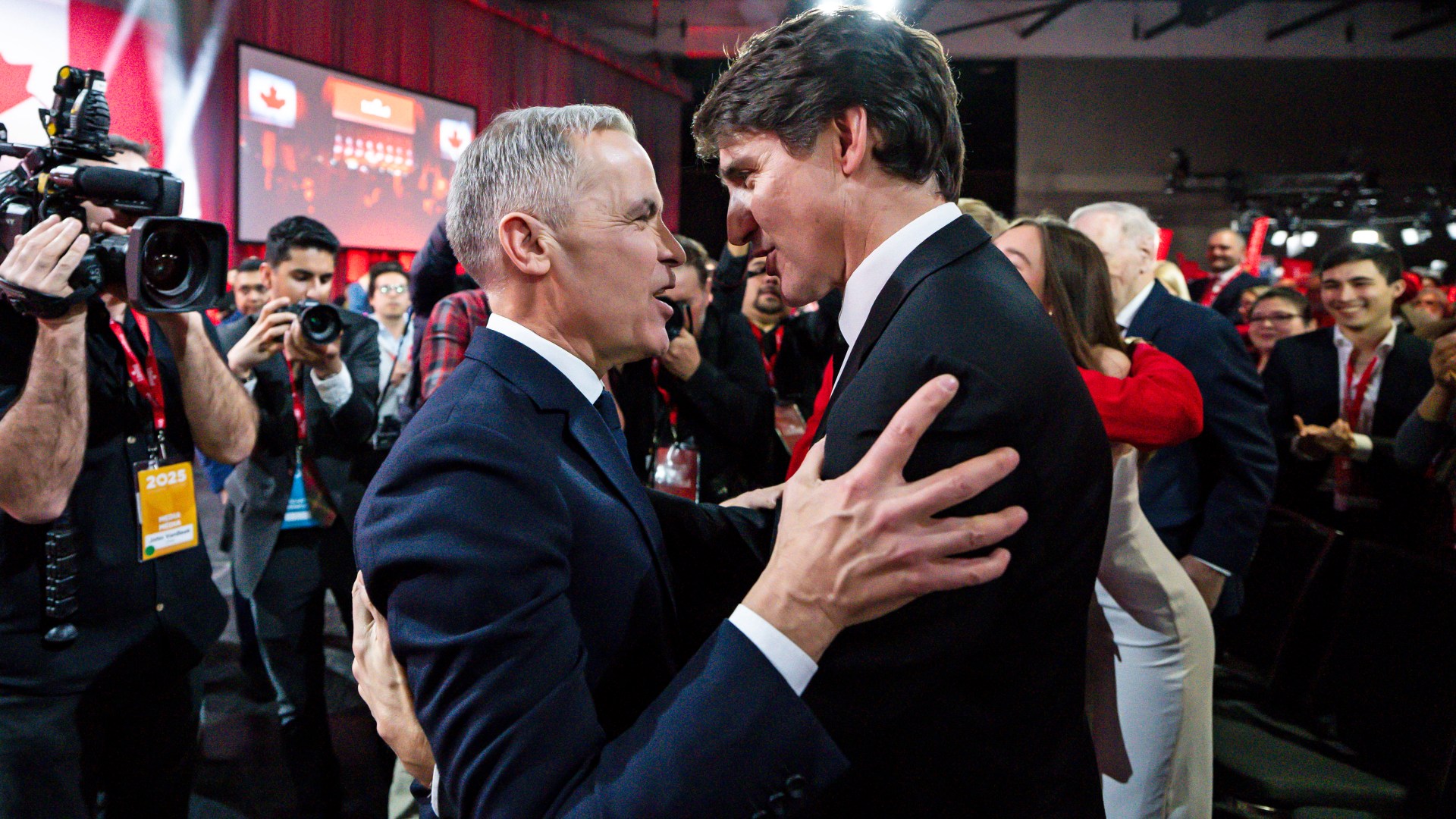Canadian Prime Minister Election: How It Works

Understanding the Canadian Prime Minister election process is essential for anyone interested in Canadian politics or global leadership. Unlike direct elections in some countries, Canada’s Prime Minister is not elected by popular vote but through a parliamentary system. This blog breaks down the steps involved, from voting to leadership, ensuring you grasp how Canada chooses its head of government. Whether you’re a voter, student, or political enthusiast, this guide clarifies the process in simple terms. (Canadian Prime Minister Election, Canadian Politics, Parliamentary System)
The Role of the Prime Minister in Canada

The Prime Minister of Canada serves as the head of government, leading the country’s political agenda. While the role is influential, it’s important to note that the Prime Minister is not directly elected by the public. Instead, they are appointed based on the outcomes of federal elections and the party system. This section explores the responsibilities and powers of the Prime Minister, setting the stage for understanding the election process. (Prime Minister Role, Canadian Government, Federal Elections)
How the Canadian Prime Minister is Elected

Step 1: Federal Elections
The process begins with federal elections, where Canadians vote for their local Member of Parliament (MP). The party that wins the most seats in the House of Commons typically forms the government. The leader of that party is then appointed as Prime Minister by the Governor General. (Federal Elections, Member of Parliament, House of Commons)
Step 2: Party Leadership
Before federal elections, each political party selects its leader through a leadership race. This internal process determines who will become Prime Minister if the party wins the most seats. Notable parties include the Liberal Party, Conservative Party, and New Democratic Party (NDP). (Party Leadership, Liberal Party, Conservative Party)
Step 3: Appointment by the Governor General
After the election, the Governor General, representing the Crown, formally invites the leader of the majority party to become Prime Minister. This step is largely ceremonial but crucial to the process. (Governor General, Canadian Monarchy)
📌 Note: The Prime Minister’s term is not fixed and can end if their party loses a confidence vote or calls a new election.
Key Players in the Election Process

- Voters: Canadian citizens aged 18 and older who elect their local MP.
- Political Parties: Organizations that nominate candidates and compete for seats in the House of Commons.
- Governor General: The ceremonial representative of the Crown who appoints the Prime Minister.
- Elections Canada: The independent agency responsible for administering federal elections.
(Canadian Voters, Political Parties, Elections Canada)
| Party Name | Ideology |
|---|---|
| Liberal Party | Centrist, Progressive |
| Conservative Party | Right-Wing, Conservative |
| New Democratic Party (NDP) | Social Democratic |

Checklist: Understanding the Election Process

- Learn how federal elections determine the majority party.
- Understand the role of party leadership races.
- Know the ceremonial role of the Governor General.
- Familiarize yourself with major Canadian political parties.
(Federal Elections, Party Leadership, Canadian Political Parties)
The Canadian Prime Minister election is a multi-step process rooted in the country’s parliamentary democracy. By understanding federal elections, party leadership, and the role of the Governor General, you can better grasp how Canada’s leader is chosen. Whether you’re a voter or a political observer, this knowledge is key to engaging with Canadian politics. (Canadian Prime Minister Election, Parliamentary Democracy, Canadian Politics)
Is the Canadian Prime Minister directly elected by the people?
+
No, the Prime Minister is not directly elected. They are appointed based on the results of federal elections and the party system.
What is the role of the Governor General in the election process?
+
The Governor General formally invites the leader of the majority party to become Prime Minister after federal elections.
How often are federal elections held in Canada?
+
Federal elections in Canada are typically held every four years, though they can be called earlier in certain circumstances.



